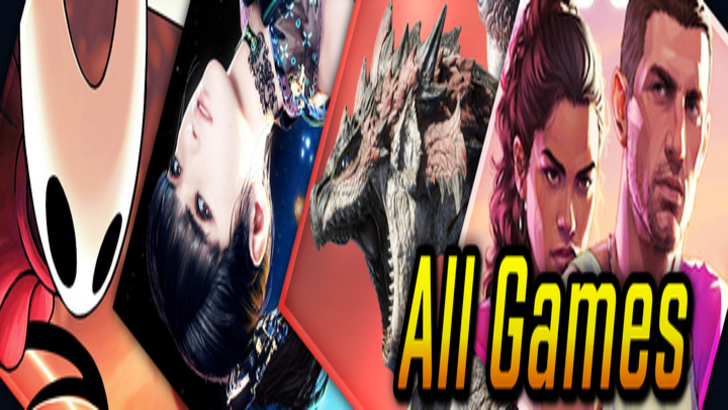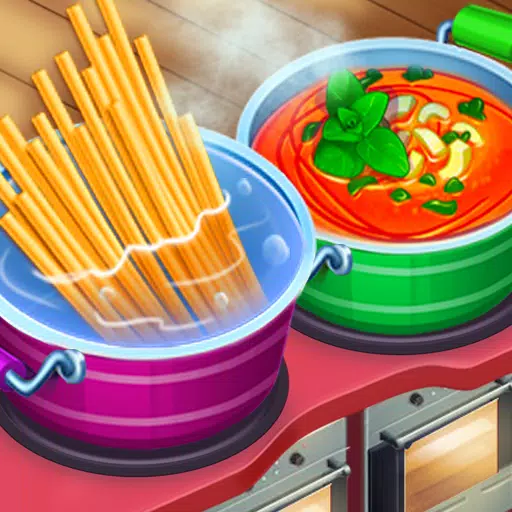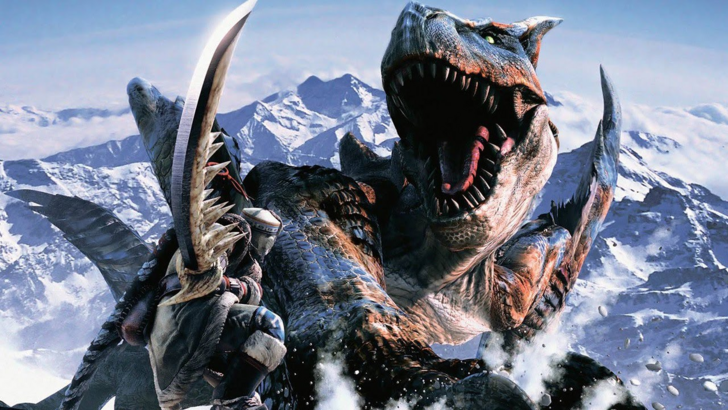
Monster Hunter is renowned for its diverse weapon types and engaging gameplay, but did you know that even more weapons haven’t been included in the newer games? Dive into the history of the weapons in Monster Hunter and discover more.
← Return to Monster Hunter Wilds' main article
History of Weapon Types in Monster Hunter
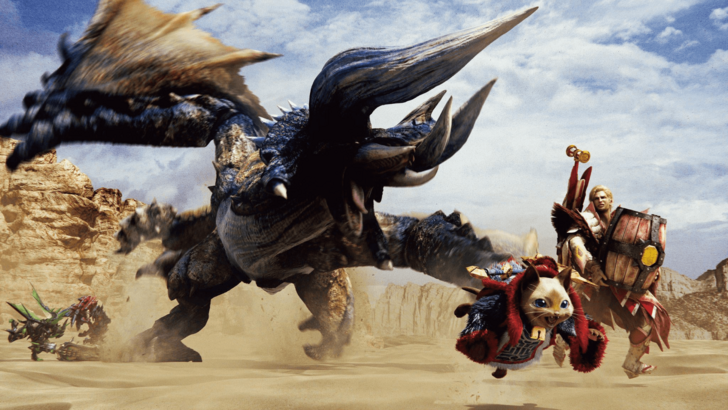
Monster Hunter has been captivating players for over two decades since its debut in 2004. One of its hallmarks is the variety of weapon types available, each with unique strengths, weaknesses, movesets, and mechanics. Monster Hunter Wilds will feature fourteen different weapon types, each offering a distinct playstyle for hunters to master.
The evolution of these weapons from their initial iterations to the latest versions is remarkable. Moreover, there are weapons from older games that never made it to the West. Let's explore the rich history of Monster Hunter, focusing on the evolution of its weaponry.
First Generation
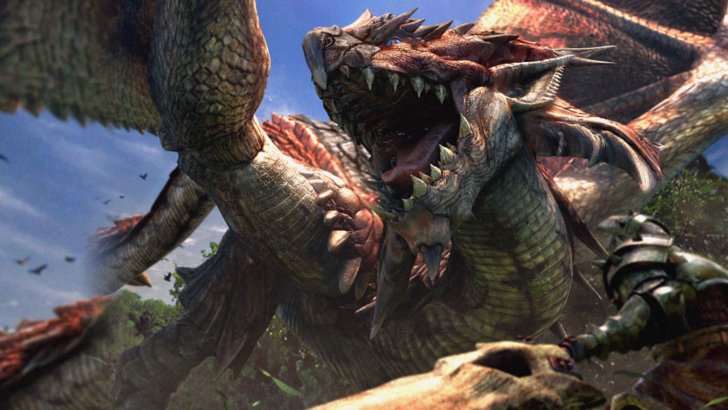
The first generation of Monster Hunter introduced several iconic weapons that have evolved significantly over time.
Great Sword
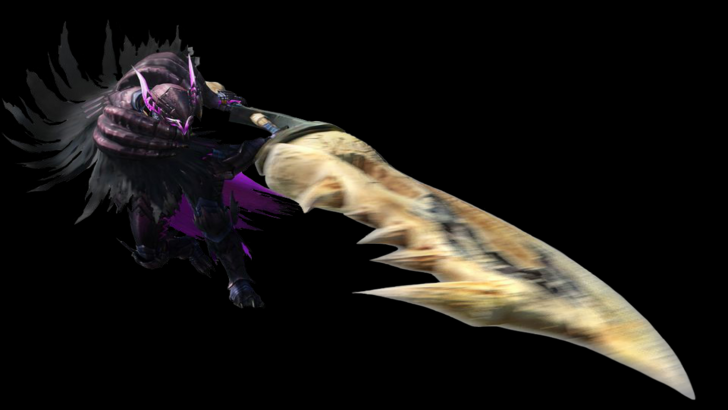
The Great Sword, a symbol of raw power in the franchise, has been a staple since the original game in 2004. Known for its high damage output, it requires strategic timing due to its slow attack and movement speed. In the first game, it was designed around hit-and-run tactics, with a unique feature where hitting a monster with the middle of the blade dealt more damage.
Monster Hunter 2 introduced the Charged Slash, a game-changer that allowed hunters to charge their attacks for devastating blows. Subsequent games expanded on this mechanic, adding more finishers and improving the fluidity of combos. The shoulder tackle in Monster Hunter World further enhanced its versatility, allowing hunters to counterattack more effectively.
The Great Sword remains a weapon with a low skill floor but a high skill ceiling, rewarding players who can master its timing and maximize damage with the True Charged Slash.
Sword and Shield
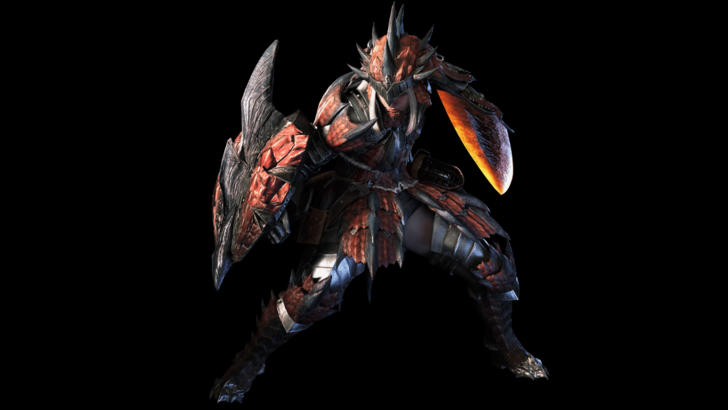
The Sword and Shield epitomizes versatility, offering a balanced mix of offense and defense. Initially seen as a beginner-friendly weapon due to its straightforward mechanics, it has evolved to include more complex movesets over time.
In its debut, the Sword and Shield focused on quick slashes and mobility. Monster Hunter 2 added the ability to use items without sheathing the weapon, enhancing its utility. Later generations introduced shield bash combos, backstep and jumping attacks, and the Perfect Rush combo in Monster Hunter World and Monster Hunter Rise.
Despite its short range and moderate damage, the Sword and Shield's versatility makes it a jack-of-all-trades, often underestimated but deeply rewarding for those who explore its full potential.
Hammer
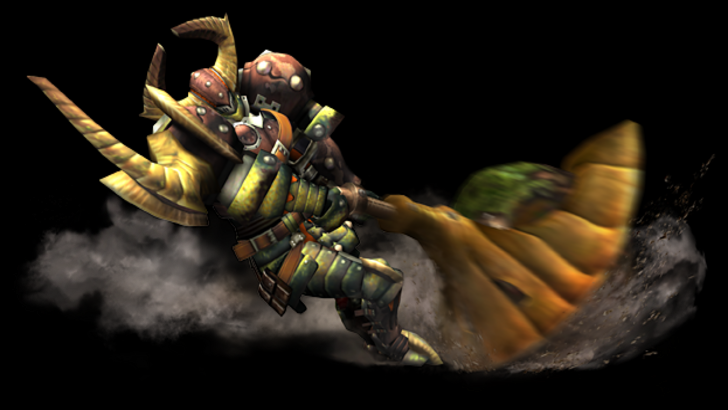
The Hammer, one of the few weapons dealing blunt damage, excels at breaking monster parts and inducing knockouts. Its playstyle, similar to the Great Sword, involves hit-and-run tactics, but with higher mobility and a unique charge mechanic that allows movement while charging.
The Hammer's moveset has remained largely consistent, with significant changes introduced in Monster Hunter World and Monster Hunter Rise. These games added the Big Bang and Spinning Bludgeon attacks, along with Strength and Courage modes that alter charge attacks and effects.
The Hammer's simplicity belies its effectiveness, rewarding players who can consistently target monster heads and time their charged attacks for maximum impact.
Lance
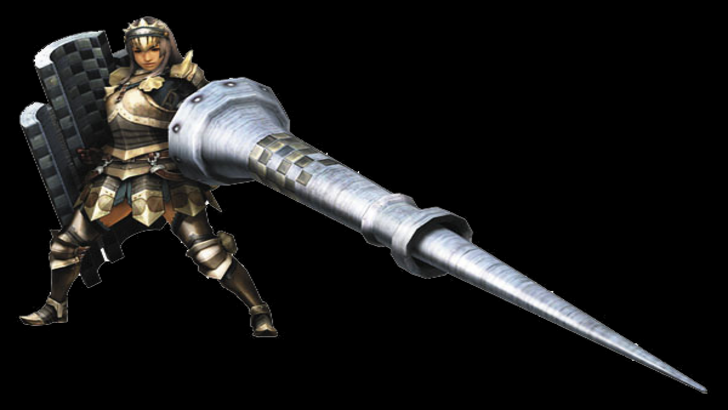
The Lance embodies the principle that a strong defense can be a powerful offense. With its long reach and large shield, it excels at blocking attacks and maintaining a safe distance. Its playstyle resembles an outboxer, focusing on poking from a distance while staying protected.
The Lance's core mechanics have remained consistent, with additions like the Counter mechanic enhancing its defensive capabilities. Despite its slower movement and limited attack options, its high damage output and defensive prowess make it a unique choice for players who prefer a more methodical approach.
Light Bowgun
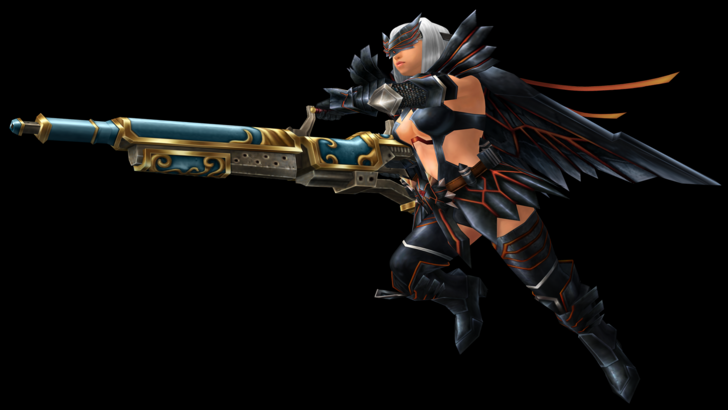
The Light Bowgun, a versatile ranged weapon, offers mobility and quick reloads at the cost of firepower. Introduced in the first generation, it allows hunters to move at normal speed while drawn, making it easier to handle and safer to use.
Customization options like long barrels and silencers allow players to tailor the weapon to their playstyle. The introduction of Rapid Fire and the Critical Distance mechanic in Monster Hunter 4 added depth to its gameplay. Monster Hunter World further enhanced its mobility with the Wyvernblast and slide maneuver.
The Light Bowgun's evolution has transformed it from a simpler ranged option to a robust weapon with unique mechanics and specialties.
Heavy Bowgun
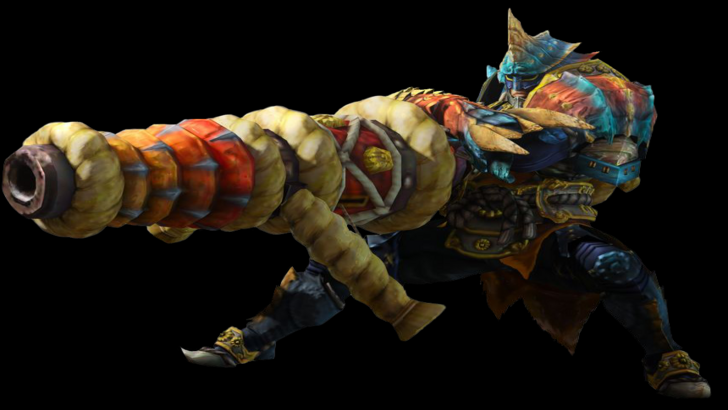
The Heavy Bowgun, the premier ranged weapon of the first generation, offers high damage and versatile ammunition options. Its slow movement when drawn is offset by its ability to equip a shield for added defense.
Introduced in Monster Hunter 3, Siege Mode allowed for continuous shelling without reloading. Monster Hunter World added special ammo types like Wyvernheart and Wyvernsnipe, enhancing its firepower and strategic depth.
The Heavy Bowgun's design has remained focused on delivering powerful artillery support, requiring careful preparation and ammunition management.
Dual Blades
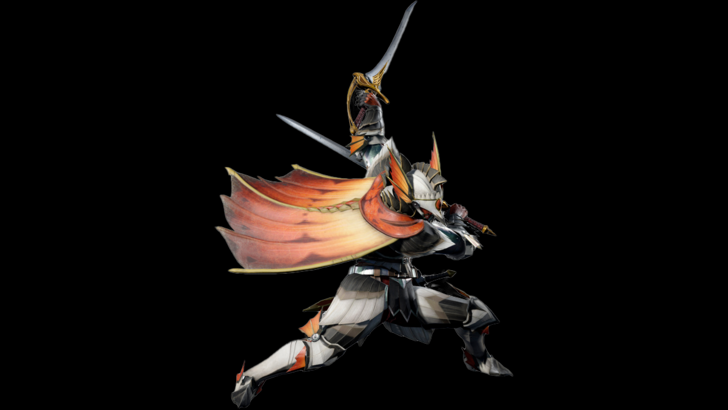
The Dual Blades, known for their speed and fluid combos, excel at inflicting status ailments and elemental damage. Introduced in the Western release of the first game, they were not part of the initial Japan-only release.
The Dual Blades' gameplay revolves around rapid attacks and Demon Mode, which boosts damage at the cost of stamina. Monster Hunter Portable 3rd and Monster Hunter 3 Ultimate introduced the Demon Gauge and Archdemon Mode, allowing for new attacks and evasive maneuvers without stamina drain.
The Dual Blades' evolution has focused on enhancing their offensive capabilities and fluidity, making them a favorite for players who enjoy fast-paced combat.
Second Generation
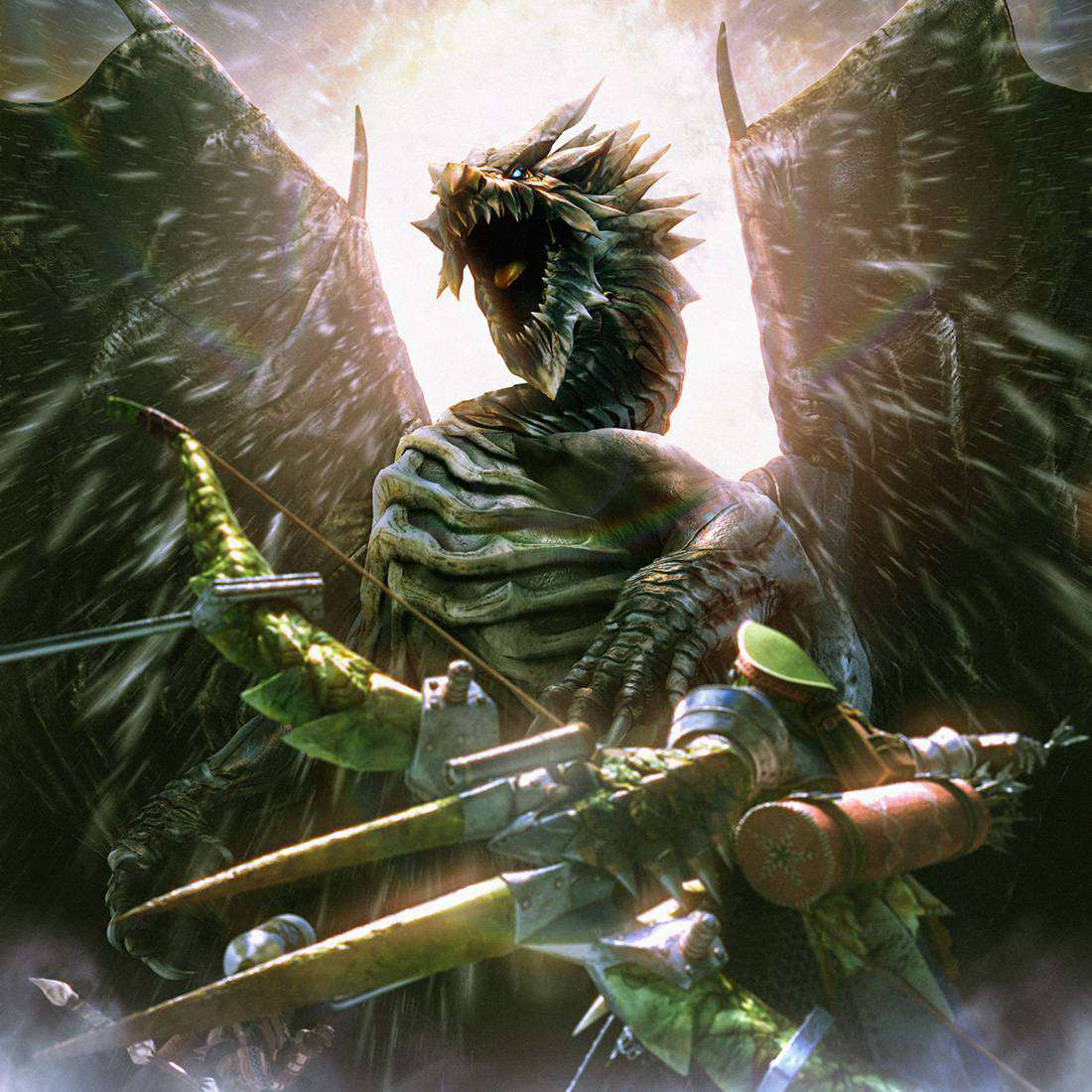
The second generation of Monster Hunter games introduced new weapons that built upon the originals, offering unique movesets and mechanics.
Long Sword
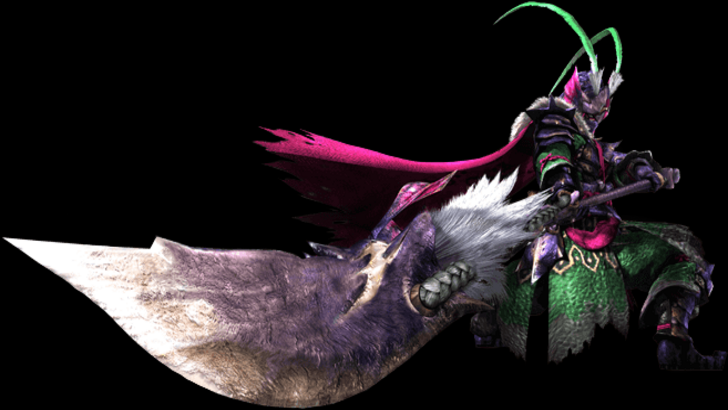
The Long Sword, known for its fluid combos and high damage, was introduced in Monster Hunter 2. It shares similarities with the Great Sword but offers higher mobility and a more dynamic combo structure.
The Spirit Gauge, introduced in Monster Hunter 2, is central to its mechanics. When filled, it allows access to the Spirit Combo, dealing significant damage. Monster Hunter 3 added new levels to the Spirit Gauge and the Spirit Roundslash finisher, enhancing its offensive capabilities.
Monster Hunter World introduced the Foresight Slash, a parry attack that complements its fluid combos. Iceborne added the Iai Stance, further enhancing its counter-based playstyle.
The Long Sword's evolution has transformed it into a dynamic weapon that rewards players who can seamlessly integrate counters and combos.
Hunting Horn
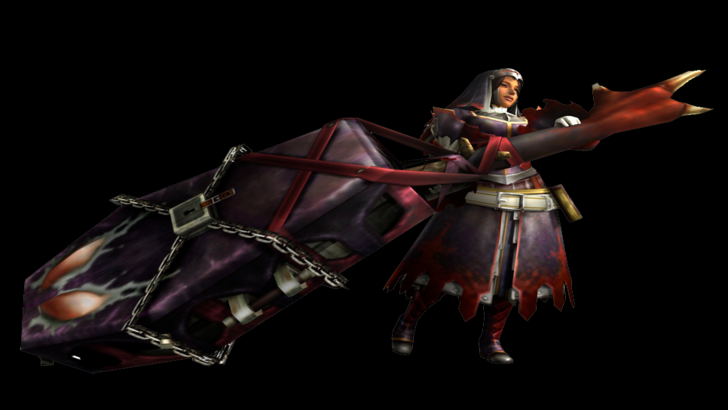
The Hunting Horn, introduced in Monster Hunter 2, is renowned for its support capabilities. It uses the Recital mechanic to play songs that provide various buffs to the hunter and their team.
Similar to the Hammer, it deals impact damage and excels at stunning monsters. Monster Hunter 3 Ultimate allowed notes to be played while attacking, improving its fluidity. Monster Hunter World introduced song queuing and Echo Notes, enhancing its support and offensive capabilities.
Monster Hunter Rise overhauled the Hunting Horn, simplifying its mechanics and making it more accessible. While this change was divisive, it aimed to balance the weapon's support and damage output.
Gunlance
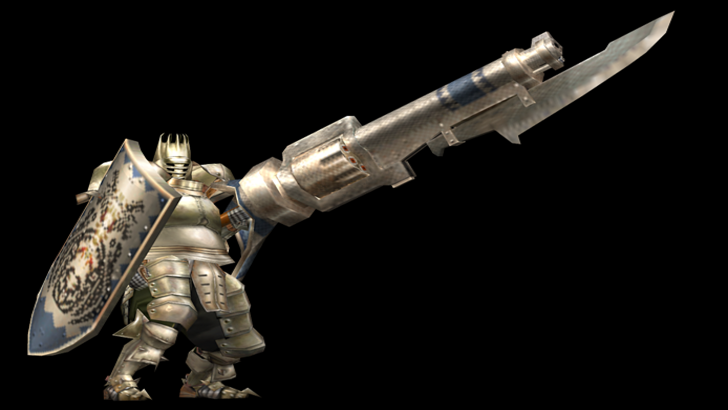
The Gunlance, introduced in the second generation, combines the Lance's defensive capabilities with explosive shelling. Its gameplay revolves around balancing physical attacks with shelling, using the Wyvern's Fire as a powerful finisher.
Monster Hunter 3 introduced quick reloads and the Full Burst attack, enhancing its aggressive playstyle. Monster Hunter X added the Heat Gauge, which increases damage but can overheat the weapon.
Monster Hunter World introduced the Wyrmstake Shot, adding another layer to its offensive capabilities. The Gunlance's unique mechanics set it apart, requiring players to balance their attacks carefully.
Bow
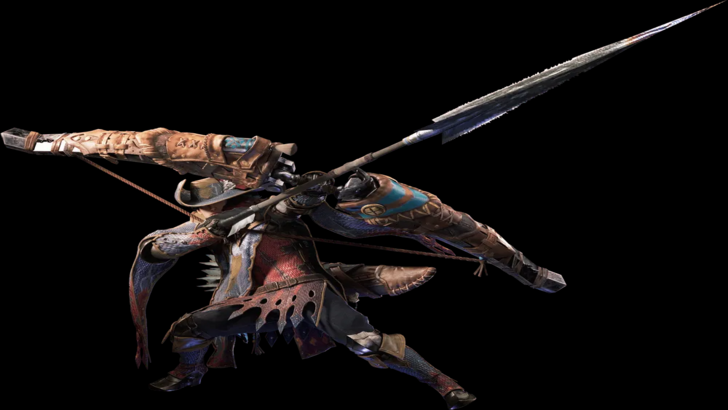
The Bow, introduced in Monster Hunter 2, is the most agile ranged weapon, focusing on close-to-mid-range combat. It uses chargeable attacks and various Coatings to enhance its damage and inflict status effects.
The Bow's mobility and fluid combos are its strengths, with Monster Hunter World simplifying its Shot Types and introducing the universal Close-Range Coating. Monster Hunter Rise reintroduced Shot Types tied to charge levels, adding depth to its gameplay.
The Bow's evolution has embraced a more aggressive and combo-heavy playstyle, distinguishing it from other ranged weapons.
Third and Fourth Generation
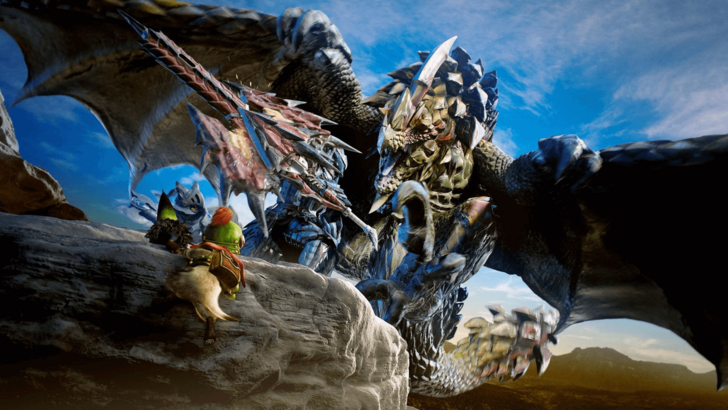
The third and fourth generations introduced innovative weapons that added new mechanics to the series.
Switch Axe
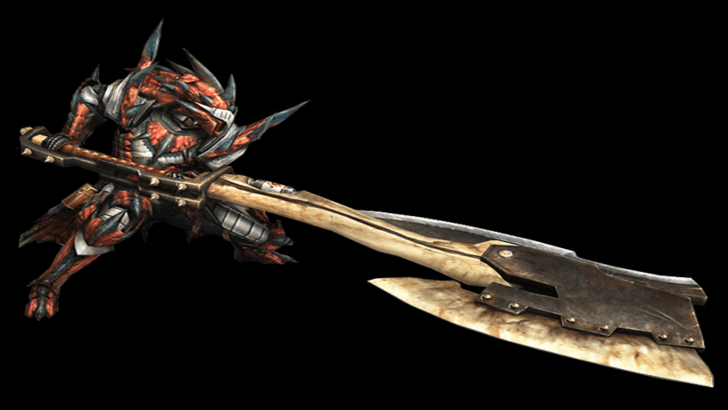
The Switch Axe, introduced in Monster Hunter 3, features two modes: Axe Mode for mobility and range, and Sword Mode for higher damage and the Elemental Discharge finisher. Initially, players had to unlock the ability to craft it, but it became available from the start in subsequent games.
Monster Hunter World introduced the Amped state, empowering Sword Mode with the weapon's Phial. Monster Hunter Rise extended this to both modes, encouraging fluid transitions between forms.
The Switch Axe's unique form-swapping mechanics add a dynamic element to combat, rewarding players who master its flow.
Insect Glaive
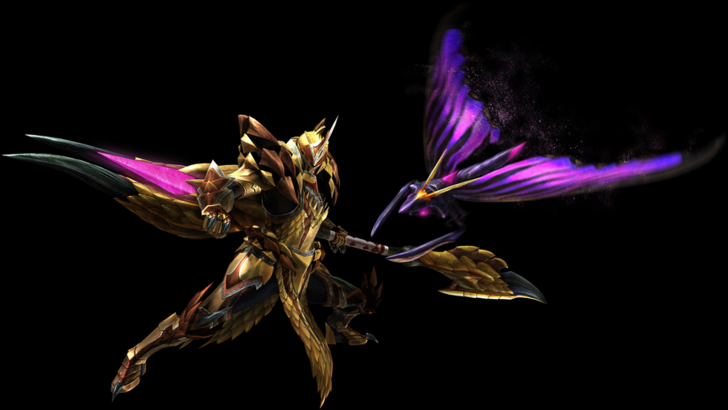
The Insect Glaive, introduced in Monster Hunter 4, specializes in aerial combat and is paired with a Kinsect that collects essences to grant buffs. These essences enhance attack, mobility, and defense, with the strongest state achieved when all three are collected.
While its core gameplay has remained consistent, Monster Hunter World: Iceborne added the Descending Thrust finisher, and Monster Hunter Rise simplified the Kinsect upgrade system. The Insect Glaive's unique mechanics and aerial prowess make it a standout weapon in the series.
Charge Blade
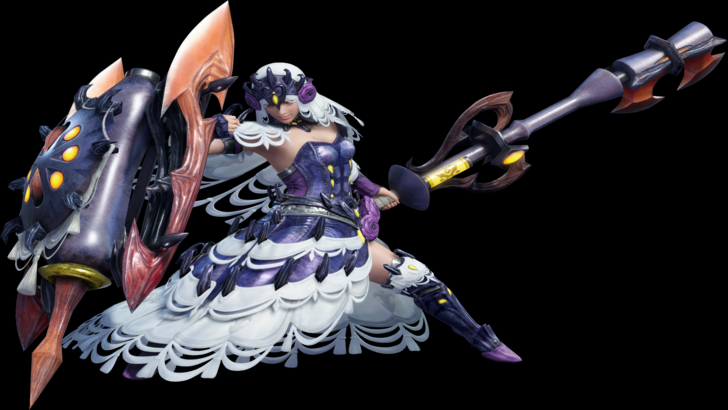
The Charge Blade, introduced in Monster Hunter 4, is known for its versatility and complex mechanics. It features Sword Mode for charging Phials and Axe Mode for unleashing them with the Amped Elemental Discharge.
Mastering the Charge Blade requires understanding its Guard Points and transitions between modes. Its balanced offense and mechanical depth make it a challenging but rewarding weapon to master.
Will There Be More?
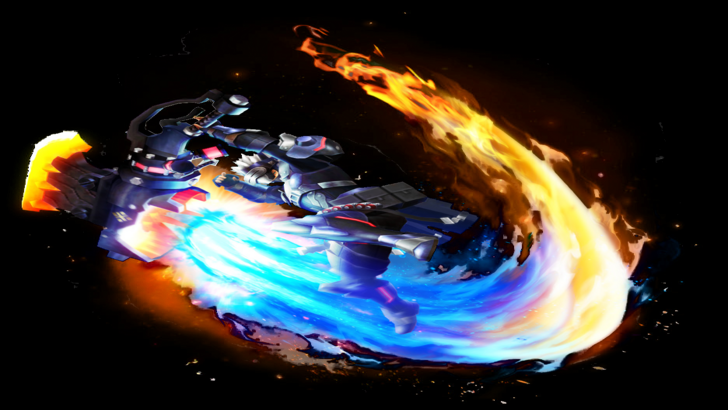
While Monster Hunter Wilds will feature the fourteen weapons listed, the series has a history of introducing new weapons and mechanics. With its long-standing legacy, future games may introduce new weapons or bring back those from previous releases.
As a fan, I hope the next iterations will continue to expand the game's depth and variety, even if I find myself returning to the Sword and Shield time and again.
You may also like...
